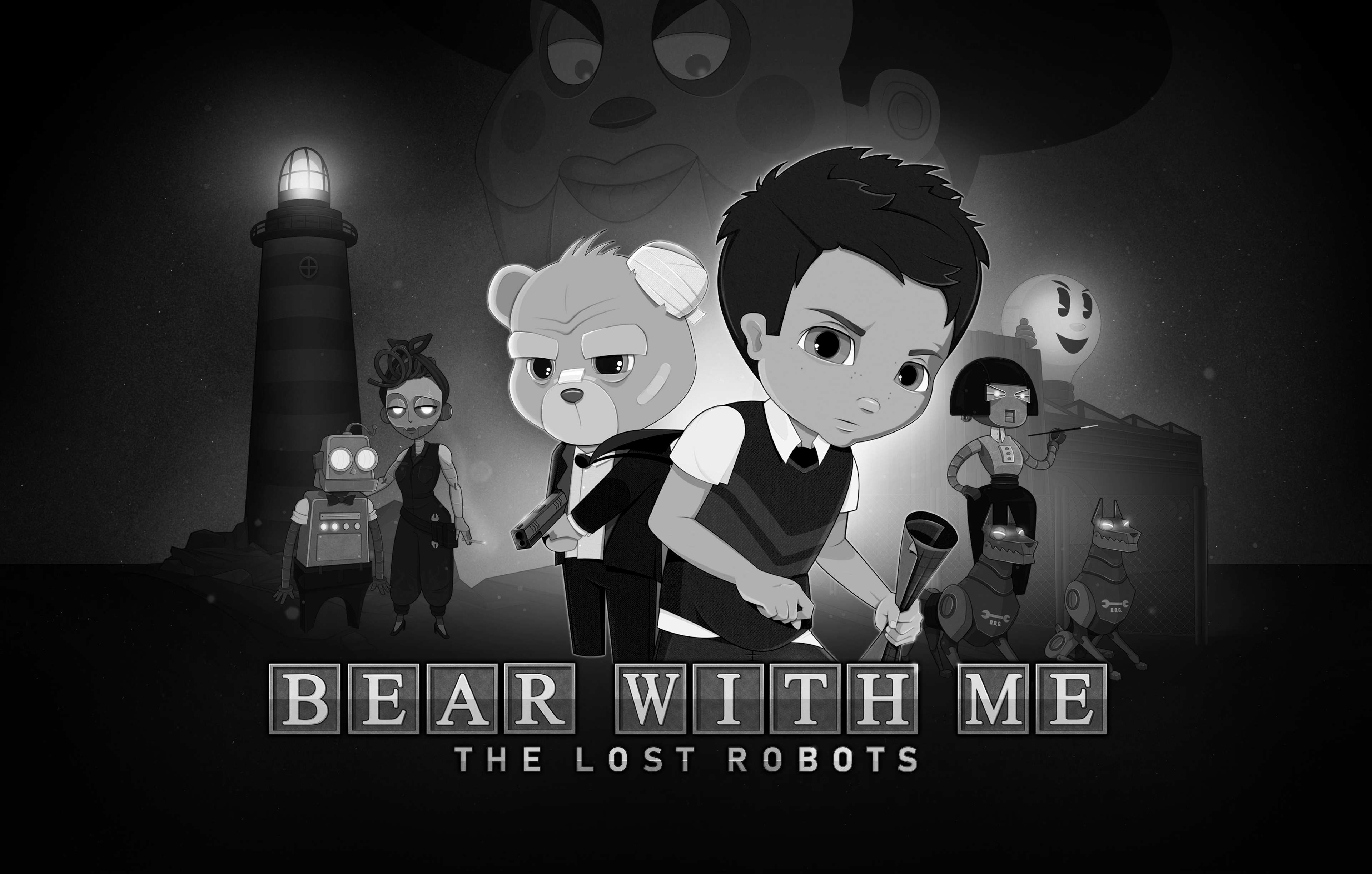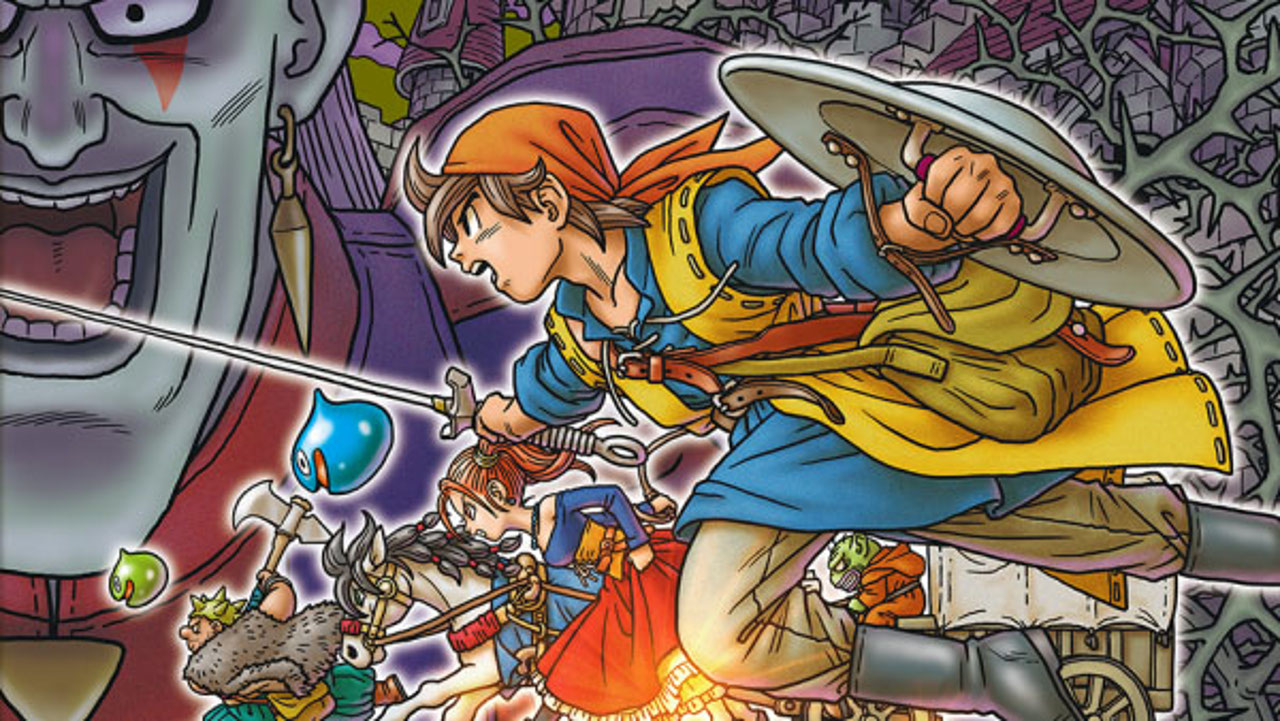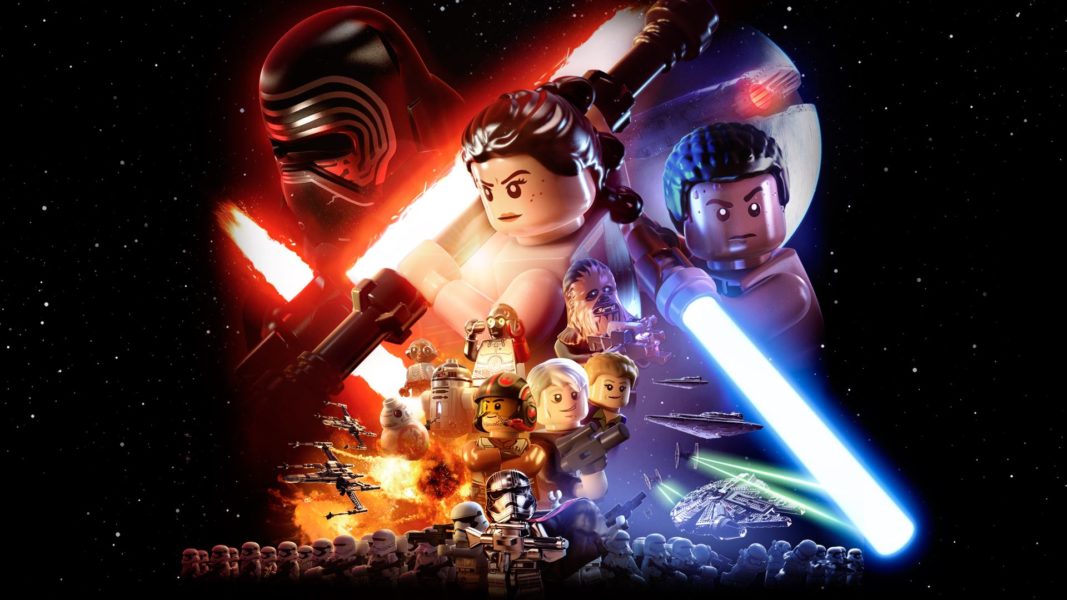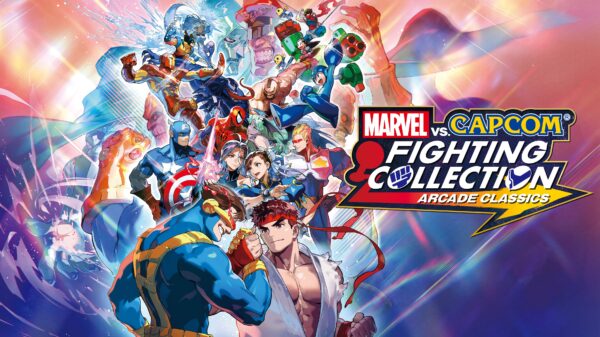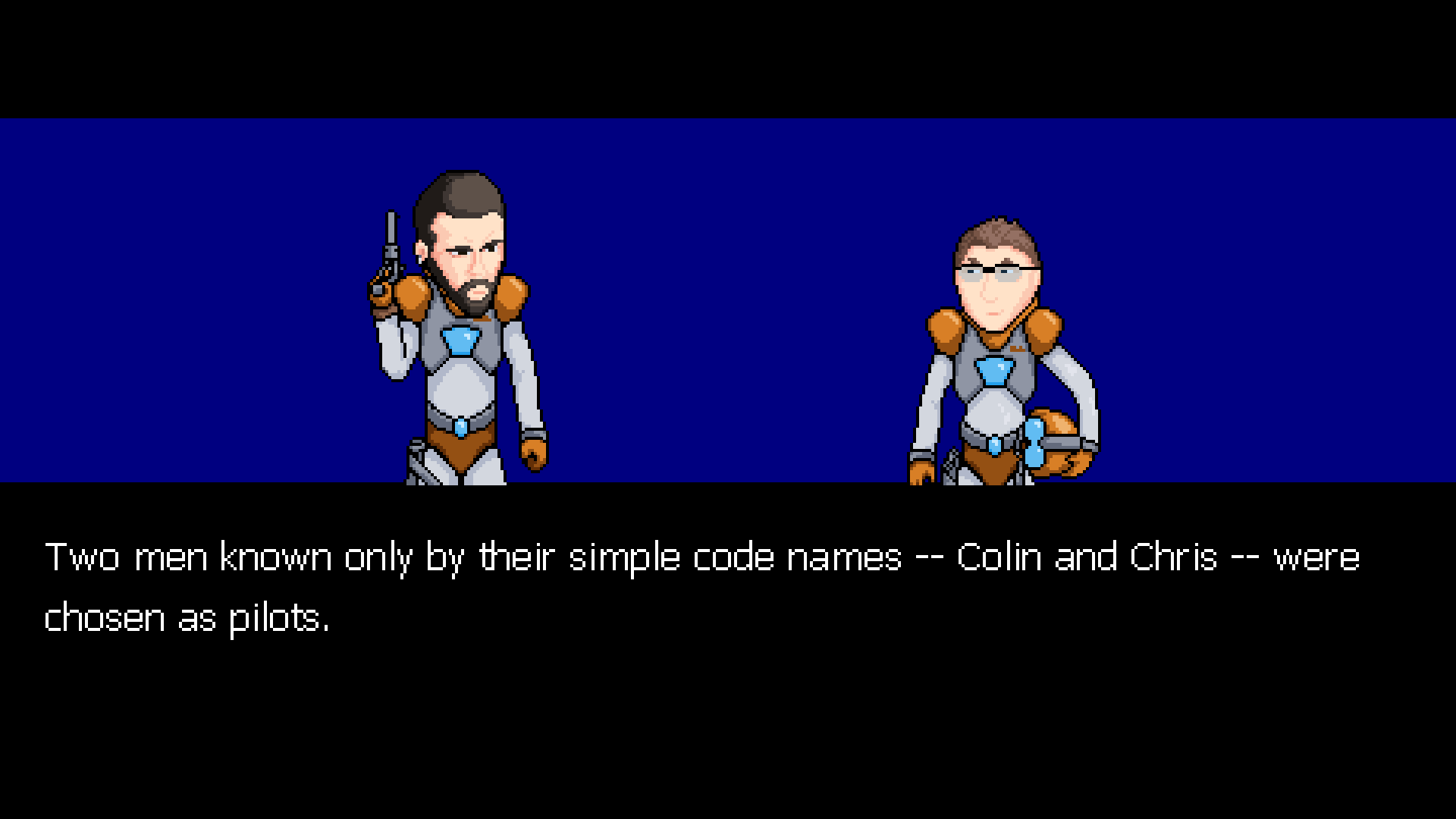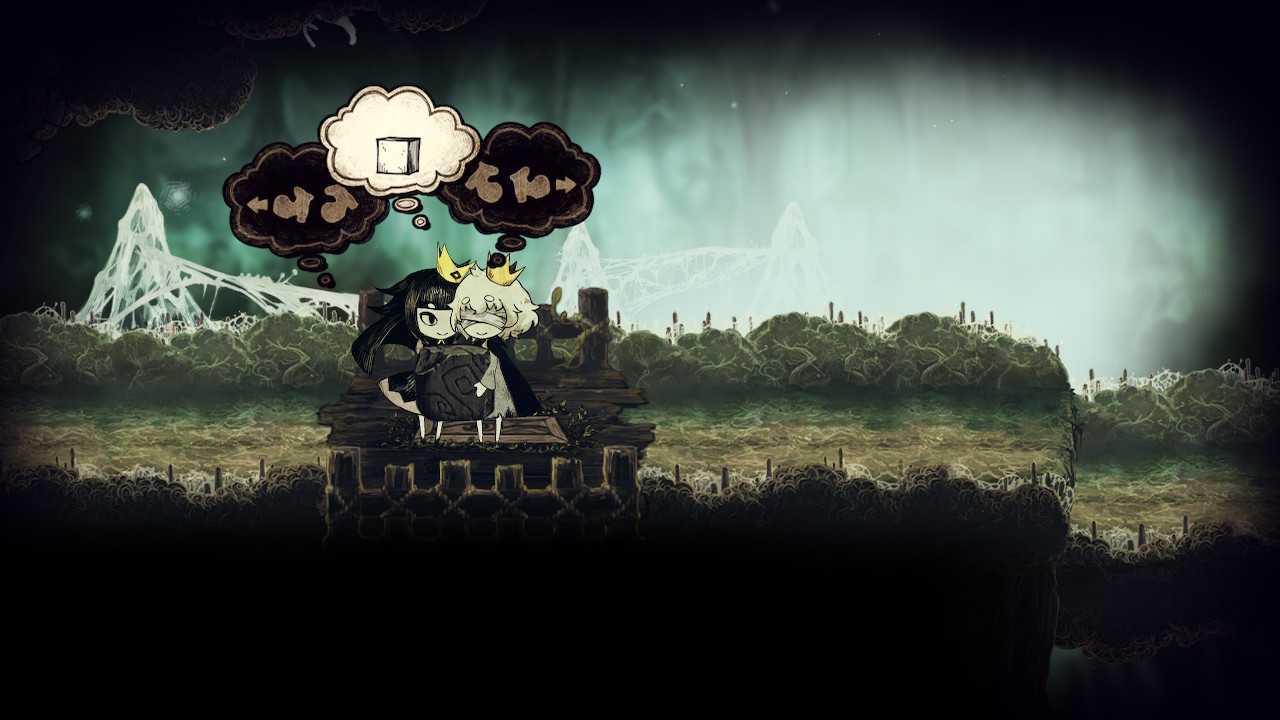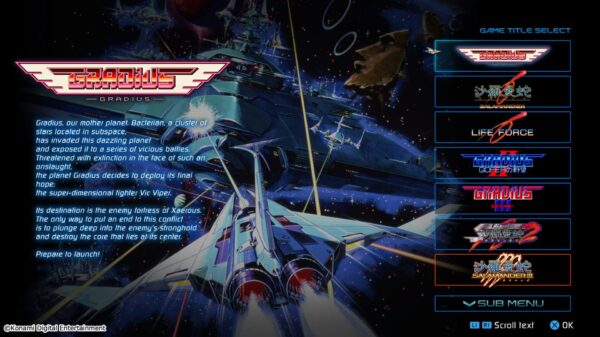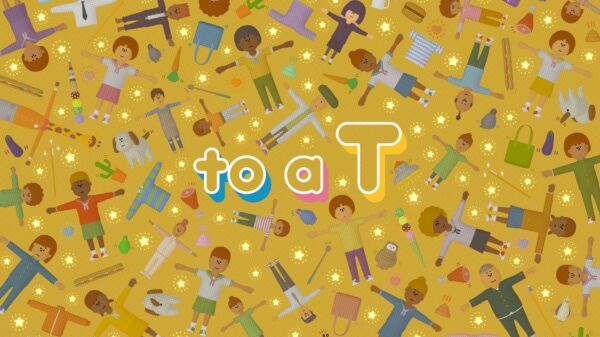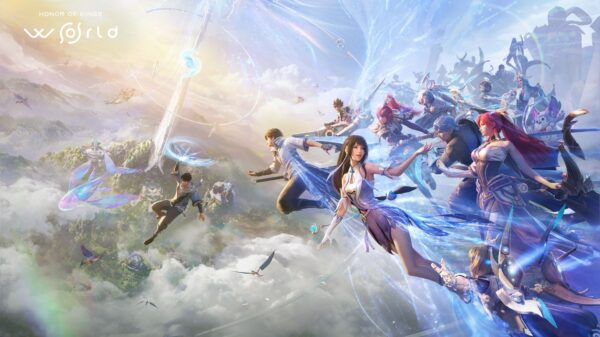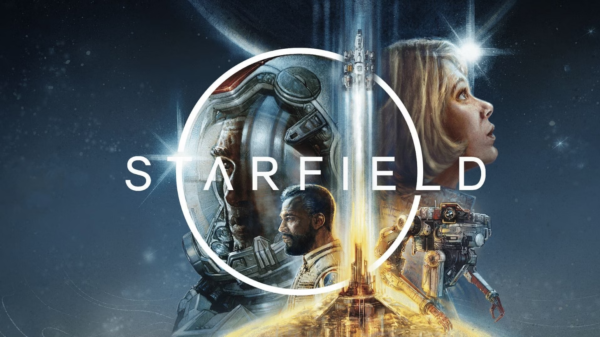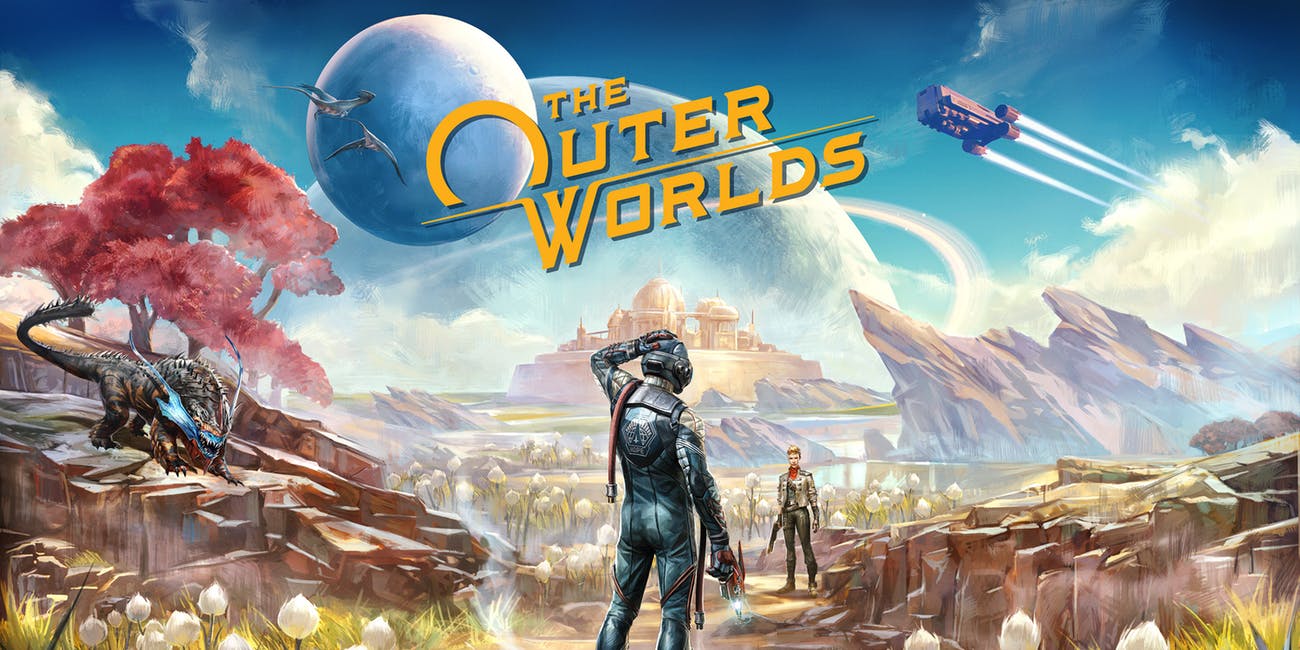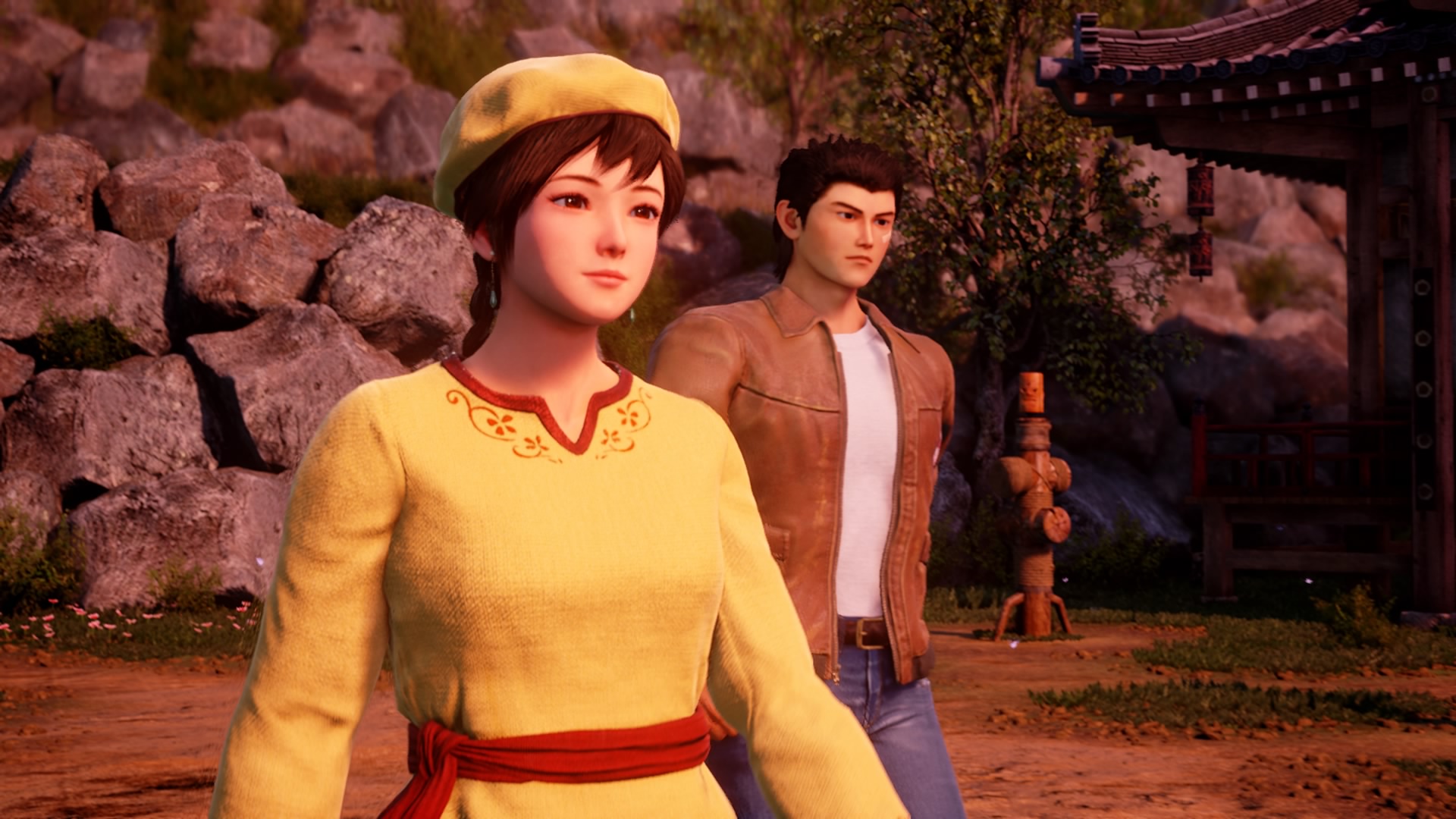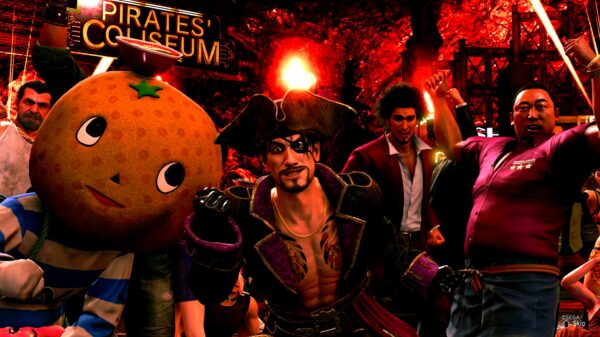Shenmue III isn’t for everyone, but anyone who was waiting for it will be amazed at how perfectly it captures the gameplay, atmosphere, and world of Shenmue so many years later. The world is fun to explore, the characters are charmingly awkward, and the fanservice is excellent without being overdone. I wish the game pushed the plot forward a bit more and had a bit of a quicker pace, but overall, Shenmue III is a wonderful return to Ryo Hazuki’s epic journey.

Shenmue III
Developer: Ys Net
Price: $60
Platform: PS4 (reviewed) and PC
MonsterVine was supplied with a PS4 code for review.
It’s still hard to believe that Shenmue III exists in a completed form. Alongside Half-Life 3, a Final Fantasy VII remake, and Duke Nukem Forever, Shenmue III was one of those games that everyone just assumed would never release. Now at the end of 2019, all but one of those games are out or just around the corner, with Shenmue III being the most recent lost title to release. As a Sega kid who has always held a deep love for Shenmue, I’m indescribably glad that Shenmue III is out, and though it’s definitely not perfect, I’m very happy with what we got all these years later.
When Shenmue II ended, we were left with a cliffhanger. Ryo and Shenhua were in a cave with a floating sword, staring at two enormous impressions of the Phoenix and Dragon Mirrors. While the floating sword has been retconned, everything else is exactly as it was 18 years ago at the beginning of Shenmue III. Wondering about the carved Mirrors, Ryo and Shenhua set out to find Shenhua’s missing father and Lan Di, in order to learn more about the history and purpose of the Mirrors that set Ryo on his journey two games ago.

Though there are some exciting story developments in Shenmue III (which mostly happen towards the end), the overall story is fairly slow and not overly consequential to the overall projected five-game narrative Yu Suzuki has discussed. Though I knew this wasn’t made as the last game in the series, I still find myself feeling a bit disappointed at how little happened in relation to Ryo’s pursuit of Lan Di. Throw in a seemingly rushed final area before the final boss (complete with a misplaced Pawn Shop sidequest), and you have a story that feels a bit more jumbled than it should be. The story we’re given is interesting, I just feel that we aren’t given enough.
“Even with all his goofy dialogue, there’s a real heart to Ryo as a character that continues to be at his core in Shenmue III, and I wouldn’t have it any other way.“
Ryo is still the perfect protagonist, as he strikes a fascinating balance between being genuinely cool and hilariously awkward. One moment, Ryo is battling a gang of thugs with grace and ease. The next, he’s helping a child get a capsule toy and medicine for his sick grandpa. I said something similar in my review of the Shenmue HD Collection, but Ryo openly radiates compassion and kindness while still being a stoic badass. Even with all his goofy dialogue, there’s a real heart to Ryo as a character that continues to be at his core in Shenmue III, and I wouldn’t have it any other way.

This slower story can be forgiven though, as the world of Shenmue has always been its greatest feature in my eyes. Slowly and methodically exploring each town and interacting with its denizens is a strange and fascinating experience, as everyone you can speak to feels like their own person, strange as they may be. Stumbling into substories still feels like a mysterious treat, as you never know what kind of peculiar side-quest will rope you in next. This is another feature that makes Bailu Village and Niaowu feel lived-in, as it feels like the inhabitants of these towns are off living their own lives while Ryo lives his.
Collecting capsule toys, playing minigames, chopping wood, and collecting herbs are just a few of the activities that sound dull, but prove to be both addictive and oddly relaxing. Little things like talking to Shenhua every night before going to bed and learning about her backstory are what make the world of Shenmue and its characters feel alive. As much as I enjoy the game’s narrative and combat, the minutiae of Ryo’s everyday life is what I love most in Shenmue III.

It’s hard to describe just how well Shenmue III continues the tone and atmosphere of the first two Shenmue titles. I’m not exaggerating when I say that Shenmue III feels like a long-lost Dreamcast game, as it’s the most tonally faithful sequel I can think of. Characters are as pleasantly hammy as ever, the world feels as cozy as ever– even Corey Marshall still sounds identical to how he did 18 years ago somehow. There also some very fulfilling fanservice for longtime fans of the series, like the ability to call characters from the first two games from your hotel. As you talk to them and catch up, sentimental music plays over clips of the characters from Shenmue and Shenmue II. It’s a small feature, but it evokes an awful lot of pleasant nostalgia. If you’re like me and you hold Shenmue close to your heart, sections like the phone calls, forklift jobs, and Shenmue capsule toy collecting will bring out all those fond Dreamcast memories.
“Though I could understand this being boring to most, I appreciate the realism in practicing something repeatedly to improve at it rather than having your standard RPG experience points.“
Combat in Shenmue III takes some time to get used to, but it’s quite fun once you get the hang of it. Shenmue’s combat is similar to the “dial-up” combo inputs of Mortal Kombat 11, where you press the attack buttons quickly in succession rather than with specific pacing that lines up with each attack. Your combo moves only become more powerful through sparring practice, which is the same as in previous Shenmue games. You have to repeatedly perform the same move to get better at it, which I appreciate. Though I could understand this being boring to most, I appreciate the realism in practicing something repeatedly to improve at it rather than having your standard RPG experience points. It feels good to practice each move and increase Ryo’s stats, as you feel as though you really earned these buffs and boosts.

Where you stand on the goofy localization of the Shenmue series will determine how you feel about the English dub of Shenmue III. Somehow, the “dubbed kung-fu movie” quality that the Shenmue dub has always had is completely intact in Shenmue III. The NPCs are all hilariously blunt, some conversations are Oblivion levels of nonsensical, and a good number of lines are delivered with either exceptional amounts of cheese or an impressively stoic roboticism. This definitely won’t appeal to everyone, but I find it to be immensely charming and unique.
Shenmue III’s visuals serve as an excellent evolution for the distinct style of the first two titles. It’s a pleasing mix of cartoonish colors and almost realistic qualities. It’s the settings that really stand out though, with the colorful fields of flowers in Bailu Village and the lit streets of Niaowu sticking out as highlights. The music is predictably stellar, hitting all the emotional and cultural notes you would expect to hear as you traverse vastly different regions of China.
 The Final Word
The Final Word
Shenmue III is an exceptional sequel that manages to keep all the charm and fun of the first two Shenmue games completely intact after 18 long years. The story doesn’t progress as much as I’d like, and there’s some janky pacing throughout the narrative, but the absurd characters, engrossing world, and endless charm of Shenmue III left me feeling quite satisfied as a longtime Shenmue fan. Though the future of the series is perpetually in question, Shenmue III’s quality has reassured me that the series still has its place. I truly hope we can see Yu Suzuki’s epic story through to its end with a Shenmue 4 and 5.
MonsterVine Review Score: 4.5 out of 5 – Great







